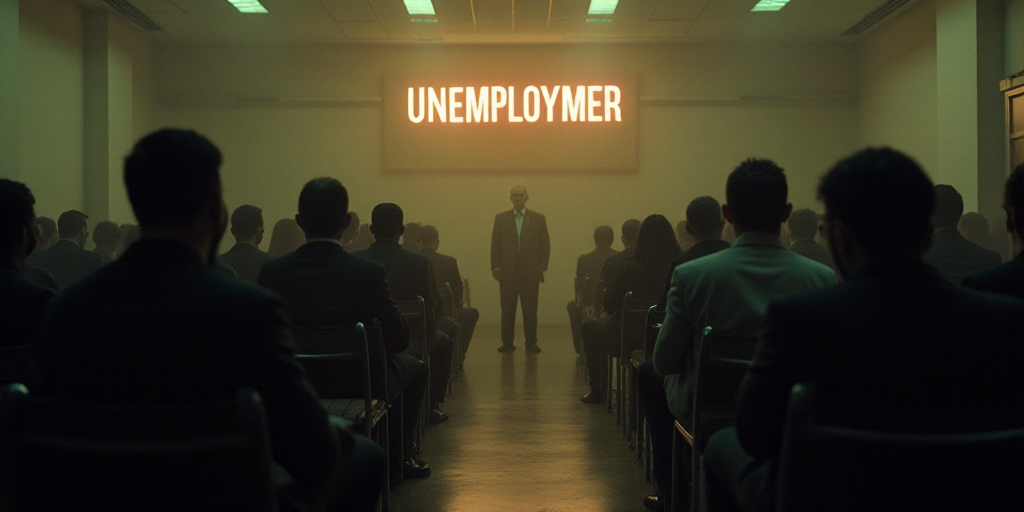Background on Key Figures and Context
The United States has been experiencing fluctuations in unemployment rates and jobless benefit applications, particularly due to the ongoing economic impact of the COVID-19 pandemic and recent trade policies. A crucial figure in this discussion is the U.S. Department of Labor, which regularly reports on initial jobless claims and unemployment rates.
Recent Trends in Unemployment Benefit Applications
According to the Department of Labor, the number of Americans filing new claims for state unemployment benefits decreased last week to a seasonally adjusted 236,000. This figure covers the week ending June 21st.
Economists surveyed by Reuters had predicted 245,000 applications for the same week. The reported numbers account for a national holiday period and tend to be volatile around holidays, making it essential to consider these factors when interpreting the data.
Factors Influencing Recent Unemployment Trends
Several technical factors, along with the onset of summer school vacations, have contributed to the recent surge in applications, placing them at the upper end of the 205,000-250,000 range for this year.
In certain states, non-teaching staff can apply for unemployment benefits during summer breaks. However, layoffs have increased, and economists attribute this to the widespread import tariffs imposed by President Trump, which complicate businesses’ planning processes.
Federal Reserve’s Response to Economic Uncertainty
In response to the prevailing economic uncertainty, the Federal Reserve has paused its cycle of interest rate cuts.
Potential Rise in Jobless Rate in June
Despite the recent decline in new unemployment benefit applications, economists warn that the jobless rate may increase in June. This is due to more individuals who have been let go struggling to find new employment opportunities.
Key Questions and Answers
- Q: What recent changes have been observed in unemployment benefit applications? A: The number of new claims for state unemployment benefits dropped to 236,000 last week, according to the Department of Labor.
- Q: Why were economists’ predictions different from the actual numbers? A: Economists surveyed by Reuters had forecast 245,000 applications, but the reported figure of 236,000 accounts for a national holiday and tends to be volatile around such periods.
- Q: What factors have contributed to the recent surge in unemployment applications? A: Technical factors and the start of summer school vacations have played a role, along with increased layoffs due to import tariffs imposed by President Trump.
- Q: How has the Federal Reserve responded to current economic uncertainty? A: The Federal Reserve has paused its cycle of interest rate cuts in response to the prevailing economic uncertainty.
- Q: What might cause the jobless rate to rise in June? A: More individuals who have been let go may continue to face difficulties in finding new employment opportunities, potentially leading to an increase in the jobless rate.





